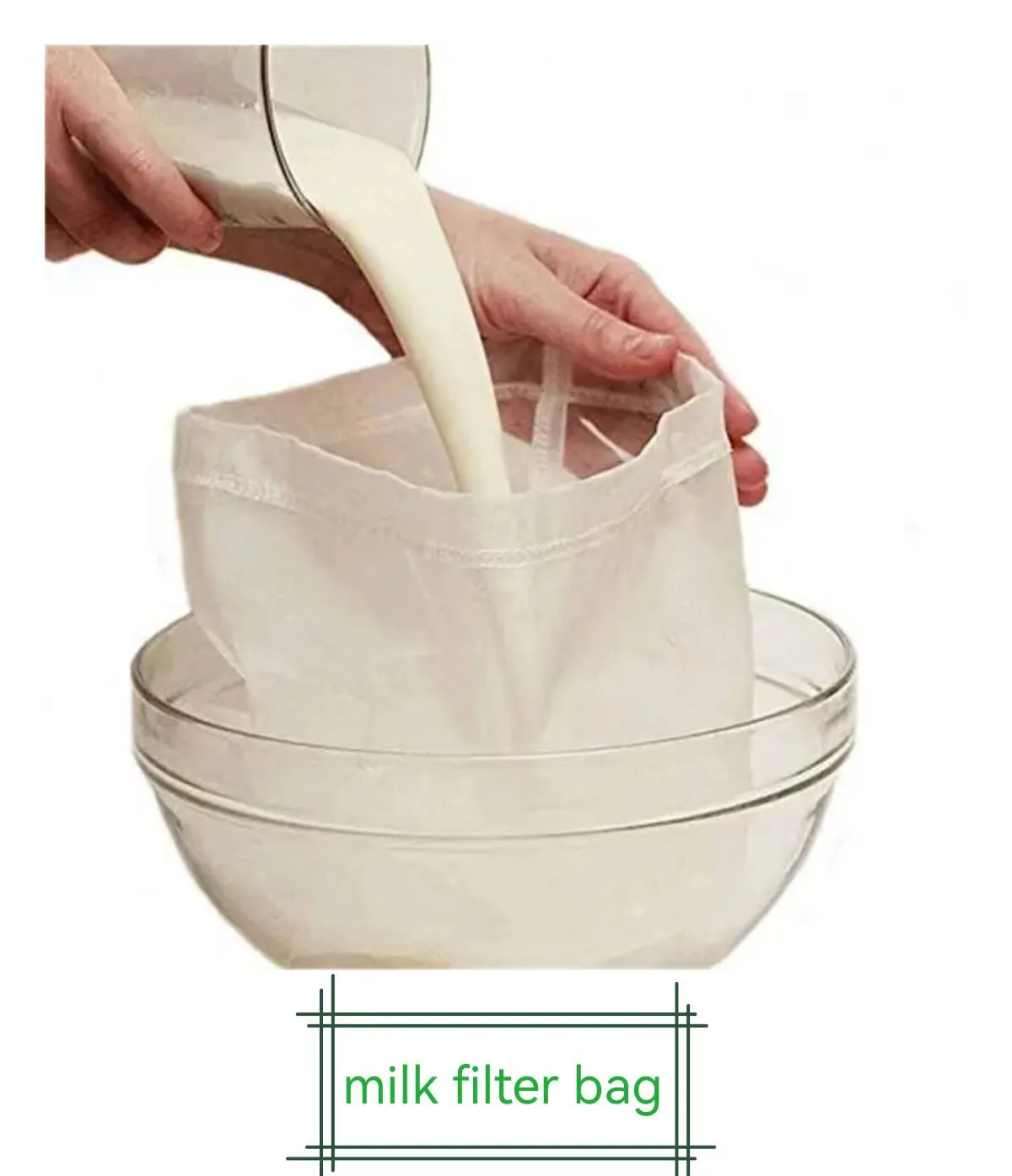-
 Afrikaans
Afrikaans -
 Albanian
Albanian -
 Amharic
Amharic -
 Arabic
Arabic -
 Armenian
Armenian -
 Azerbaijani
Azerbaijani -
 Basque
Basque -
 Belarusian
Belarusian -
 Bengali
Bengali -
 Bosnian
Bosnian -
 Bulgarian
Bulgarian -
 Catalan
Catalan -
 Cebuano
Cebuano -
 China
China -
 Corsican
Corsican -
 Croatian
Croatian -
 Czech
Czech -
 Danish
Danish -
 Dutch
Dutch -
 English
English -
 Esperanto
Esperanto -
 Estonian
Estonian -
 Finnish
Finnish -
 French
French -
 Frisian
Frisian -
 Galician
Galician -
 Georgian
Georgian -
 German
German -
 Greek
Greek -
 Gujarati
Gujarati -
 Haitian Creole
Haitian Creole -
 hausa
hausa -
 hawaiian
hawaiian -
 Hebrew
Hebrew -
 Hindi
Hindi -
 Miao
Miao -
 Hungarian
Hungarian -
 Icelandic
Icelandic -
 igbo
igbo -
 Indonesian
Indonesian -
 irish
irish -
 Italian
Italian -
 Japanese
Japanese -
 Javanese
Javanese -
 Kannada
Kannada -
 kazakh
kazakh -
 Khmer
Khmer -
 Rwandese
Rwandese -
 Korean
Korean -
 Kurdish
Kurdish -
 Kyrgyz
Kyrgyz -
 Lao
Lao -
 Latin
Latin -
 Latvian
Latvian -
 Lithuanian
Lithuanian -
 Luxembourgish
Luxembourgish -
 Macedonian
Macedonian -
 Malgashi
Malgashi -
 Malay
Malay -
 Malayalam
Malayalam -
 Maltese
Maltese -
 Maori
Maori -
 Marathi
Marathi -
 Mongolian
Mongolian -
 Myanmar
Myanmar -
 Nepali
Nepali -
 Norwegian
Norwegian -
 Norwegian
Norwegian -
 Occitan
Occitan -
 Pashto
Pashto -
 Persian
Persian -
 Polish
Polish -
 Portuguese
Portuguese -
 Punjabi
Punjabi -
 Romanian
Romanian -
 Russian
Russian -
 Samoan
Samoan -
 Scottish Gaelic
Scottish Gaelic -
 Serbian
Serbian -
 Sesotho
Sesotho -
 Shona
Shona -
 Sindhi
Sindhi -
 Sinhala
Sinhala -
 Slovak
Slovak -
 Slovenian
Slovenian -
 Somali
Somali -
 Spanish
Spanish -
 Sundanese
Sundanese -
 Swahili
Swahili -
 Swedish
Swedish -
 Tagalog
Tagalog -
 Tajik
Tajik -
 Tamil
Tamil -
 Tatar
Tatar -
 Telugu
Telugu -
 Thai
Thai -
 Turkish
Turkish -
 Turkmen
Turkmen -
 Ukrainian
Ukrainian -
 Urdu
Urdu -
 Uighur
Uighur -
 Uzbek
Uzbek -
 Vietnamese
Vietnamese -
 Welsh
Welsh -
 Bantu
Bantu -
 Yiddish
Yiddish -
 Yoruba
Yoruba -
 Zulu
Zulu
Effective Solutions for Bird Protection Using Mesh Netting in Various Applications
The Importance of Bird Mesh Netting in Modern Urban Landscapes
Birds are an integral part of our ecosystem, bringing beauty and vitality to our urban environments. However, the increase in urbanization has led to various conflicts between human-made structures and avian populations. One effective solution that has gained popularity is the use of bird mesh netting. This innovative protective measure not only serves to safeguard buildings and crops from bird-related damage but also helps in preserving bird populations in cities.
Bird mesh netting is essentially a physical barrier made from fine, durable materials designed to keep birds away from certain areas without causing them harm. It is typically made of nylon, polyethylene, or other synthetic fibers that are lightweight yet strong. The mesh is designed to allow air and light to pass through while being small enough to prevent birds from entering or nesting in unwanted areas. As urban spaces continue to expand, the importance of this netting becomes increasingly evident.
One of the primary applications of bird mesh netting is in agriculture. Farmers and horticulturists face significant challenges when it comes to protecting crops from birds. Certain species, particularly crows and sparrows, can inflict devastating damage on fruits, seeds, and vegetables. By installing bird mesh netting, farmers can effectively safeguard their crops while reducing the need for harmful pesticides. This not only supports sustainable agricultural practices but also promotes healthier produce for consumers.
In addition to agricultural use, many businesses and property owners have turned to bird netting to protect their buildings from infestations. Birds such as pigeons can create unsanitary conditions by nesting on rooftops, ledges, and balconies. Their droppings are not only unsightly but also corrosive, leading to structural damage over time. Bird mesh netting acts as a physical deterrent, preventing birds from roosting in these areas, and reducing the need for costly clean-up efforts and repairs.
bird mesh netting

Another significant advantage of bird mesh netting is its role in wildlife preservation. As cities expand, natural habitats are often disrupted, pushing bird populations into smaller, less secure spaces. By using bird netting strategically, city planners and conservationists can create safe zones for birds to nest and thrive without encroaching on human activities. This thoughtful approach fosters a coexistence between urban development and wildlife, allowing both to flourish.
The installation of bird mesh netting is a relatively simple and cost-effective process. Property owners can choose from a variety of mesh sizes and materials depending on their specific needs and the types of birds they wish to deter. The netting can be custom-fitted to cover specific areas or structures, ensuring maximum effectiveness. Furthermore, it is a long-lasting solution, designed to withstand various weather conditions while requiring minimal maintenance.
While the benefits of bird mesh netting are clear, it is essential to use this tool responsibly. Ethical considerations must be taken into account to ensure that the netting does not inadvertently harm birds. It is crucial to also consider installation techniques that allow for humane bird management strategies. For example, using netting in conjunction with other techniques, such as providing alternate feeding sources or habitat restoration, can create a balanced ecosystem.
In summary, bird mesh netting serves a vital function in contemporary urban environments, promoting the coexistence of humans and birds. By protecting crops, safeguarding buildings, and enhancing urban wildlife conservation efforts, bird mesh netting reflects a growing awareness of ecological responsibility. As we continue to build and innovate in our cities, incorporating solutions like bird mesh netting can lead to a more harmonious relationship with the natural world, ensuring that our urban spaces remain vibrant and wildlife-friendly for generations to come.
-
Why Nylon Mesh Netting is Revolutionizing Industrial and Commercial ApplicationsNewsJun.13,2025
-
Reinventing Reliability with Construction Wire MeshNewsJun.13,2025
-
Protect Your Crops with High-Performance Agricultural Netting SolutionsNewsJun.13,2025
-
Premium Breeding Net Solutions for Modern AquariumsNewsJun.13,2025
-
Precision Filtration Solutions for Industrial and Commercial NeedsNewsJun.13,2025
-
Advanced Industrial Mesh Solutions for Every ApplicationNewsJun.13,2025











